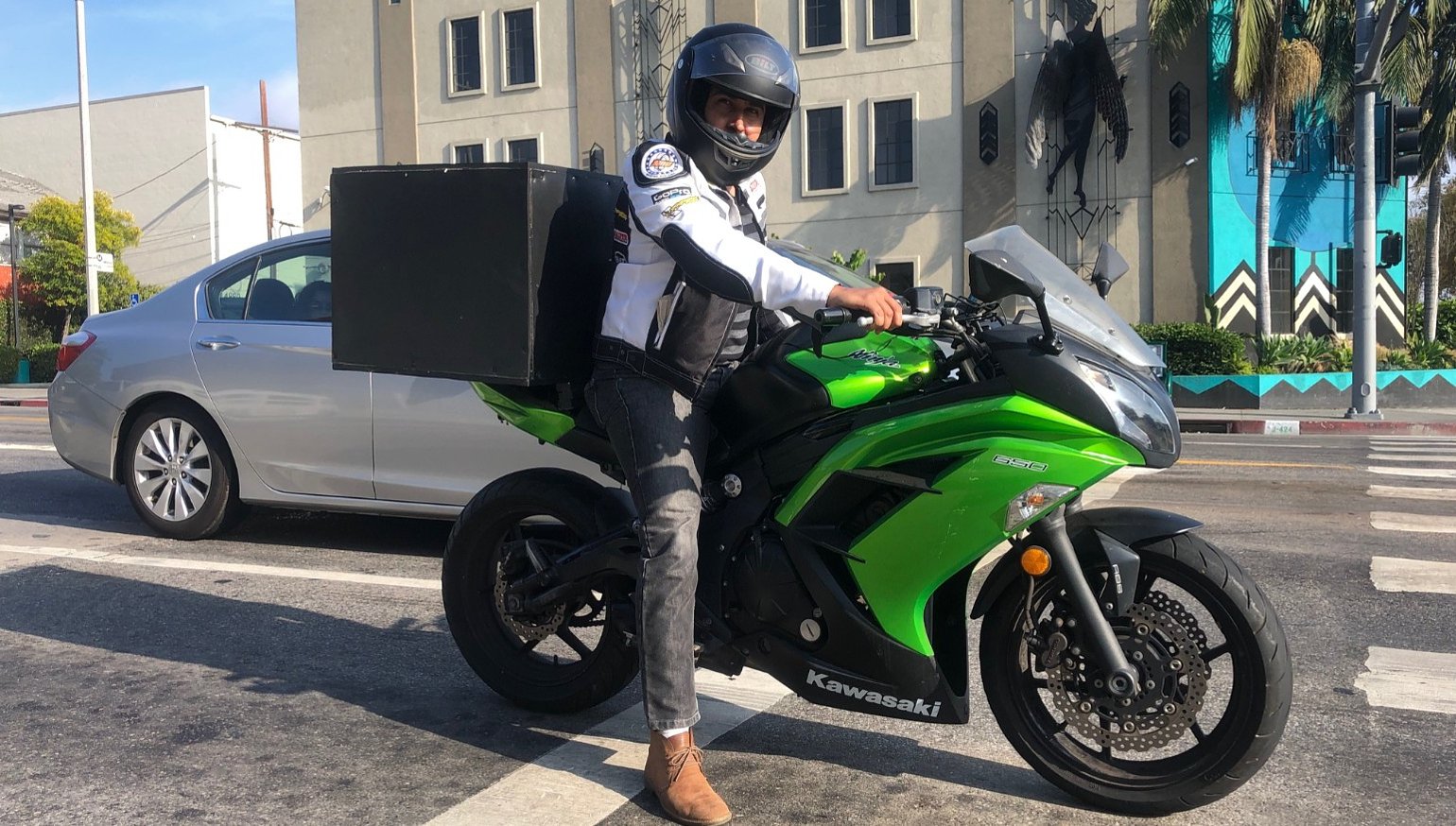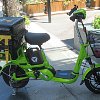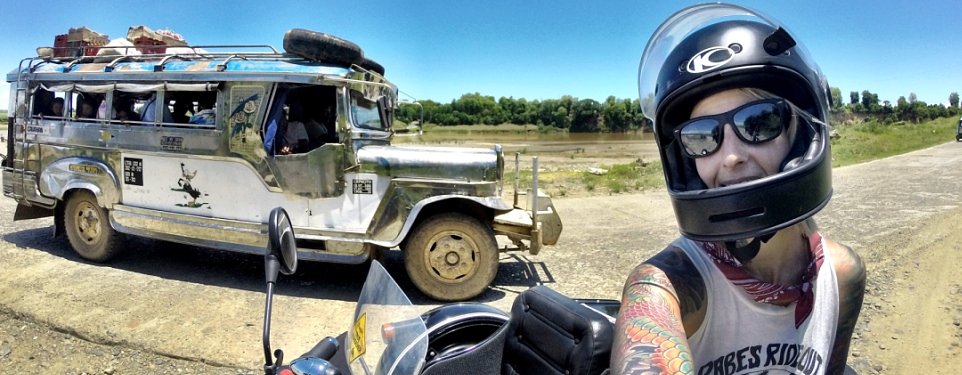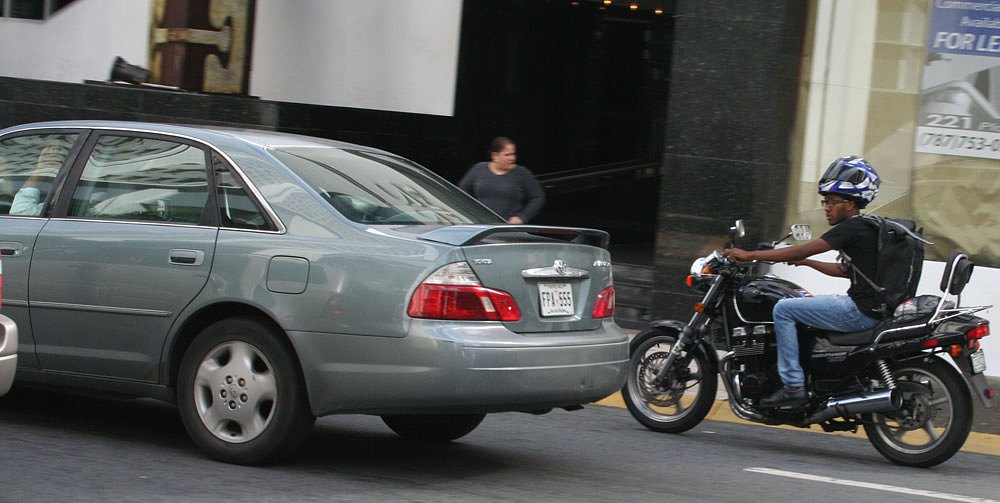With the rise of the gig economy and the influx of food delivery services like DoorDash and Postmates, there’s been an increased need for delivery personnel. While the vast majority of couriers in the United States operate by car, most of these services do allow independent contractors to deliver on two wheels.
Any time I hear of a chance to get paid for spending time in the saddle, my ears perk up. So a few weeks ago when I ordered some food on Postmates that was brought to me by a guy on a Kawasaki Ninja 250, I was curious. How much do you make? Could one do this as a primary means of income or is this simply a way to pocket some extra beer money? How does this affect insurance rates? Is there a lot of work to be had? What kind of unexpected problems or downsides are there? I needed to know, so I set out to do my own firsthand research and this is what I discovered.
How it works
With the apps available in my area (Postmates, Uber Eats, Caviar, DoorDash), signing up was a surprisingly quick and easy process. Download the app, enter your personal and vehicle info (license, insurance, registration), pass a background check, and you’re on your way. When I signed up for Postmates, it only took an hour or two before my account was live and I was able to start delivering.
Once you’ve been approved and your account has been activated, you can turn on the app and start accepting deliveries. Like Lyft or Uber, the app uses your GPS location and will offer you nearby orders. Before accepting an order, the app will show you where the restaurant (pickup location) is, the delivery address and the contents of the order. This enables you to accept only the orders you want and helps to ensure you don’t unintentionally sign up for orders that are too large to take. Most apps allow you to ignore or reject deliveries without any consequence.
Some apps have a lot more business than others, though this probably varies from city to city. The only app that I was able to get consistent orders on was Postmates, by a long shot. Postmates pays $4 per delivery, plus whatever you make in tips. In theory, if you work during peak hours and only accept shorter, nearby deliveries, you could manage to complete as many as eight in an hour — assuming you’re able to book all quick, local orders, back to back to back. In reality, that’s seldom how things play out.

The realities of moto delivery
I noticed it was pretty common to show up at a restaurant to collect an order and find myself waiting up to 20 minutes. I also found myself waiting outside apartments for long periods, unsure what to do when the person who ordered doesn’t answer the door or phone. All these little factors add up and hugely take away from potential earnings. I typically completed about three to five deliveries an hour, meaning I was only pulling down $12 to $20 per hour, and that’s before you deduct expenses.
And that’s if you’re able to consistently get orders. My personal experience is that delivering for these apps has a feast or famine nature to it. Sometimes orders are pouring in one after another, and other times I was checking my phone to make sure the app was working after no orders had come in for several hours. By running multiple delivery apps simultaneously, you do increase the number of delivery offers, which can definitely help to boost earnings.
The pros and cons
Delivering on two wheels has some major advantages, such as maneuverability, ease of parking, using less gas, etc. There are also downsides to delivering on a motorcycle, however, the first and most obvious of which is cargo space. Even with an array of aftermarket racks and luggage, I was still forced to decline a decent number of large orders, despite the prospect of a fat tip, simply because I didn’t have the storage space.
Overhead expenses are another major detractor in overall profitability. On top of gas, tires, and other general wear and tear, you also have to pay taxes on your earnings, as an independent contractor. Depending on how much you earn, that may mean making estimated quarterly federal tax payments (and state or local income taxes, if you have them) or owing a big payment come tax season — a factor many couriers seemingly don’t consider.

Delivering for these apps does come with the added benefit of getting paid to ride your motorcycle, and that’s definitely worth being factored into the overall equation. Having said that, I found riding suddenly became a lot less fun when making one-to-three-mile trips on gridded streets in an urban area, over and over again, while trying to do my best not to disrupt the tray of milkshakes, multiple pizzas, or whatever other orders were awkwardly secured to the bike.
The question of insurance
Quite possibly the most surprising element of delivering is the insurance factor. Postmates only requires its couriers to possess a personal policy that covers state minimums. However, when I spoke with my agent at Progressive, I was told my personal (full coverage) policy would not cover this type of commercial use. I also talked to several additional insurance agencies and had an immensely difficult time finding any insurance company that would offer coverage for this specific type of commercial use. Multiple agents told me that even if I could find coverage, it would be quite expensive, greatly exceeding the normal personal policy rates.
Some companies like Liberty Mutual and Allstate do offer rideshare policies for people driving for apps like Lyft and Uber, as well as couriers for Postmates (but apparently not DoorDash), though they only cover cars and don’t offer this type of insurance for motorcycles.
I suspect most people making these deliveries by motorcycle just ignore the insurance issue.
Unexpected problems
A surprising number of orders (at least half, if not more) are canceled within minutes of being placed. A quick search on forums revealed this problem was in no way unique to me, and I found this to be the most frustrating aspect of the “job.” In order to see incoming orders, push notifications must be turned on, too, and apps regularly bombard you with promotional offers and other prompts to get you to go out and deliver, which gets pretty annoying pretty fast.
One thing I hadn’t thought about was the number of deliveries that included drinks, soups, salads, sundaes, or other items that were difficult to transport on a motorcycle, though bringing some spare tape along to better secure lids helps remedy this to some extent. I was also pretty surprised by just how many customers would call or text me, requesting I make additional stops for things like candy or soda from local gas stations or bodegas, despite this not being part of the order (or part of the job itself).
Should you do it?
Would I recommend delivering for one of these apps? No, not so much.
Part of me wants to say it could be a good gig for the right person under the right circumstances, but it’s hard to think of a reason why you wouldn’t be better off — at least from a purely financial standpoint — doing almost any other kind of work, including flipping burgers at a fast food joint. Until I can somehow get Dani Pedrosa's retirement job as a test rider for KTM, I guess I'll still be looking for a way to get paid to ride a motorcycle.









